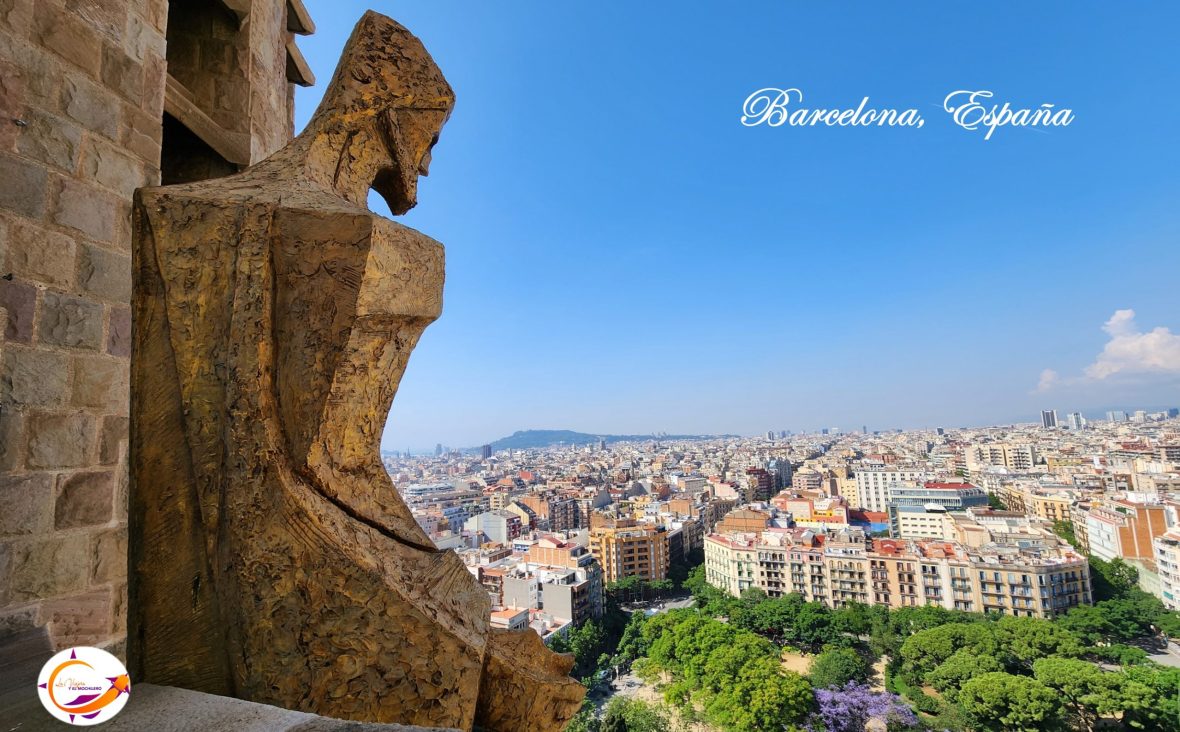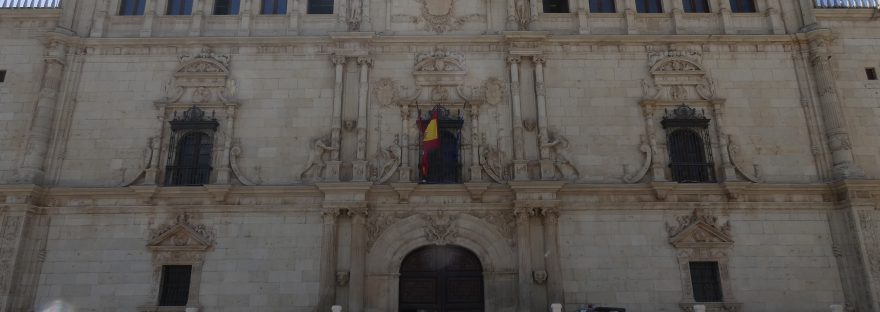The history of the University of Alcalá de Henares dates back to its foundation in 1499. In 1501 Cardinal Cisneros laid the first stone and founded the “Colegio Mayor de San Ildefonso de Alcalá de Henares”; the origin of the University of Alcalá de Henares. Cardinal Cisneros’ mission was to convert the “Colegio Mayor de San Ildefonso” into a great center of academic excellence during the 16th and 17th centuries. In this manner, the reforming purposes of the Cardinal were achieved, improving the education of clergymen and churchmen of the time and turning it into the first Renaissance, humanist and universal university.
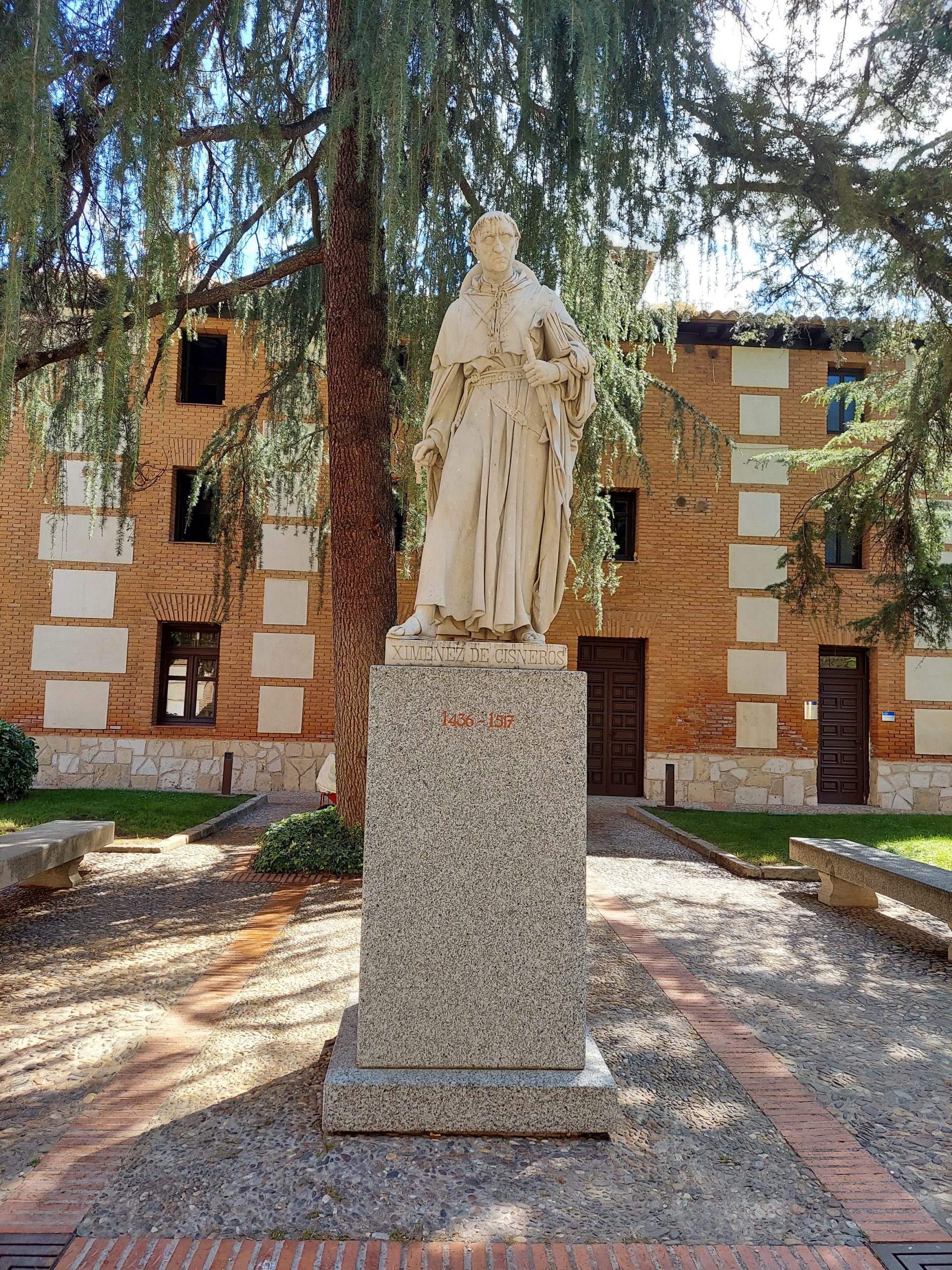
Cisneros spared no effort to provide his College with the appropriate urban framework, good financing and the best teachers of the time. In 1508 classes began and in 1510, he endowed his foundation with Constitutions. To enter this enclosure, students were subjected to rigorous examinations and only those who showed excellence were admitted. Although the best students were admitted, they were subjected to such strict discipline that in the end, many could not comply. In such instances, a cell (jail) was set up where students had to pay for their offenses against the institution’s regulations.
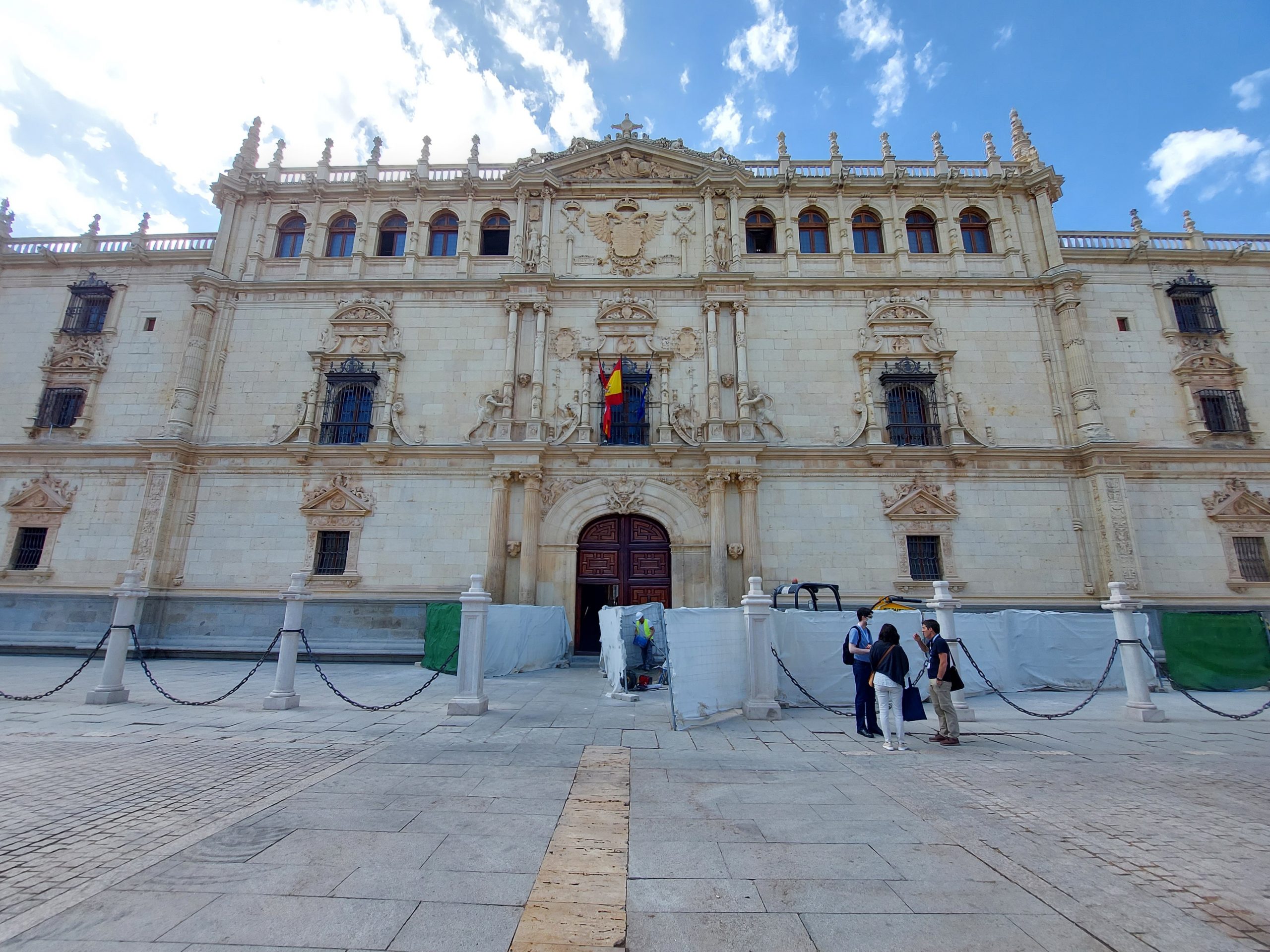
In 1777, it was physically and organically separated from its “Colegio Mayor de San Ildefonso”, and was renamed “Real Universidad de Alcalá”, with its headquarters in the old building of the “Colegio Máximo de los Jesuitas de Alcalá de Henares”. And, although it closed as a college in September 1798, it is today the rectorate of the new University of Alcalá. In 1836, the university was integrated to the teachings of the “Reales Estudios de San Isidro” and the “Real Museo de Ciencias Naturales de Madrid” into a single institution, thus creating the “Universidad Central de Madrid”; in time,it became the current “Universidad Complutense de Madrid”.
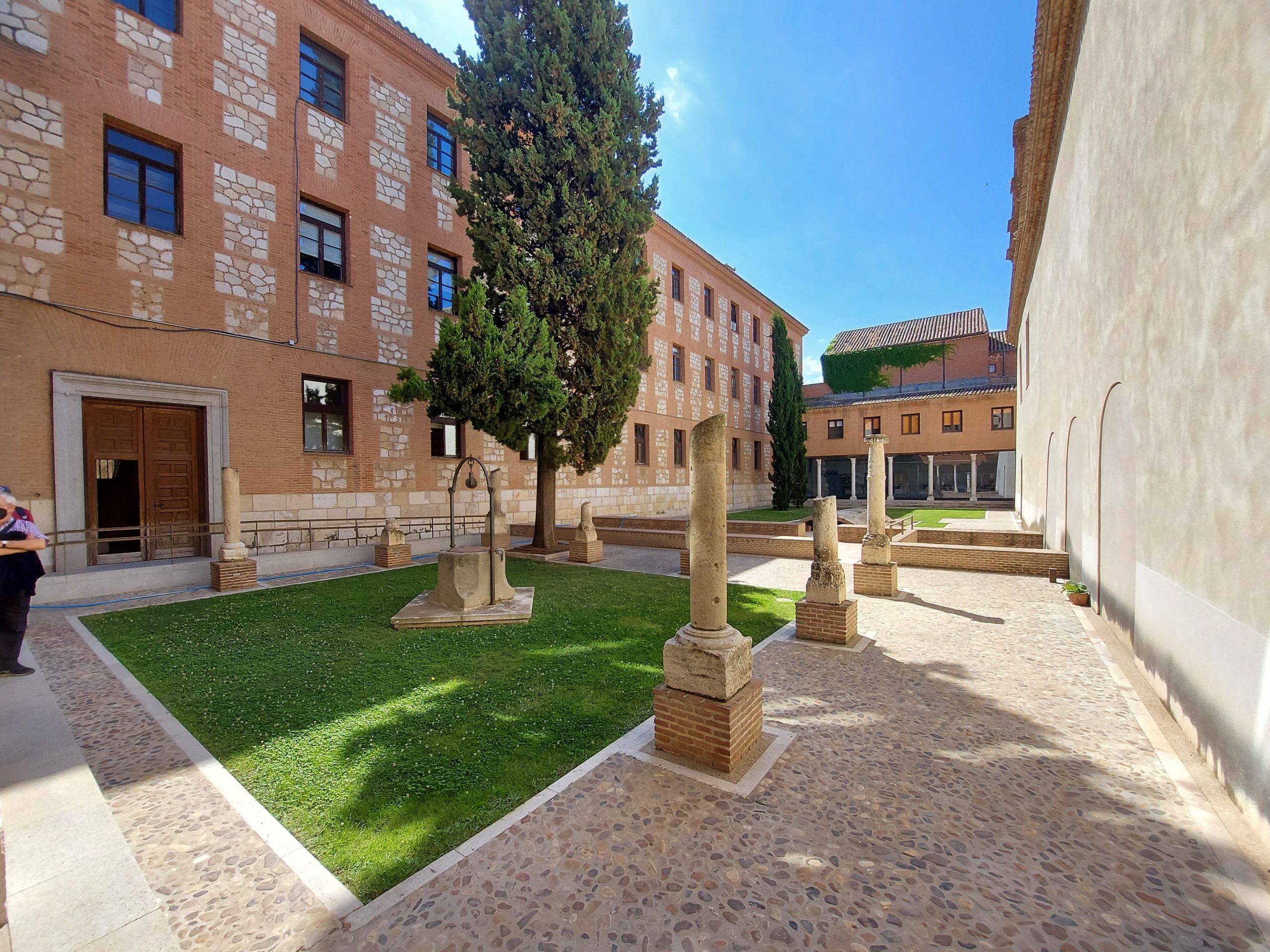
At the University of Alcalá de Henares, great masters and illustrious men taught and studied, among them are: Antonio de Nebrija, Saint Thomas of Villanova, Juan Ginés de Sepúlveda, Ignatius of Loyola, Domingo de Soto, Ambrosio de Morales, Benito Arias Montano, Francisco Suárez, Juan de Mariana, Francisco Vallés de Covarrubias, Antonio Pérez, San Juan de la Cruz, Mateo Alemán, Lope de Vega, Francisco de Quevedo y Villegas, Pedro Calderón de la Barca, Melchor Gaspar de Jovellanos, Andrés Manuel del Río, Fray Diego Morcillo and Blas Ortiz, among others.
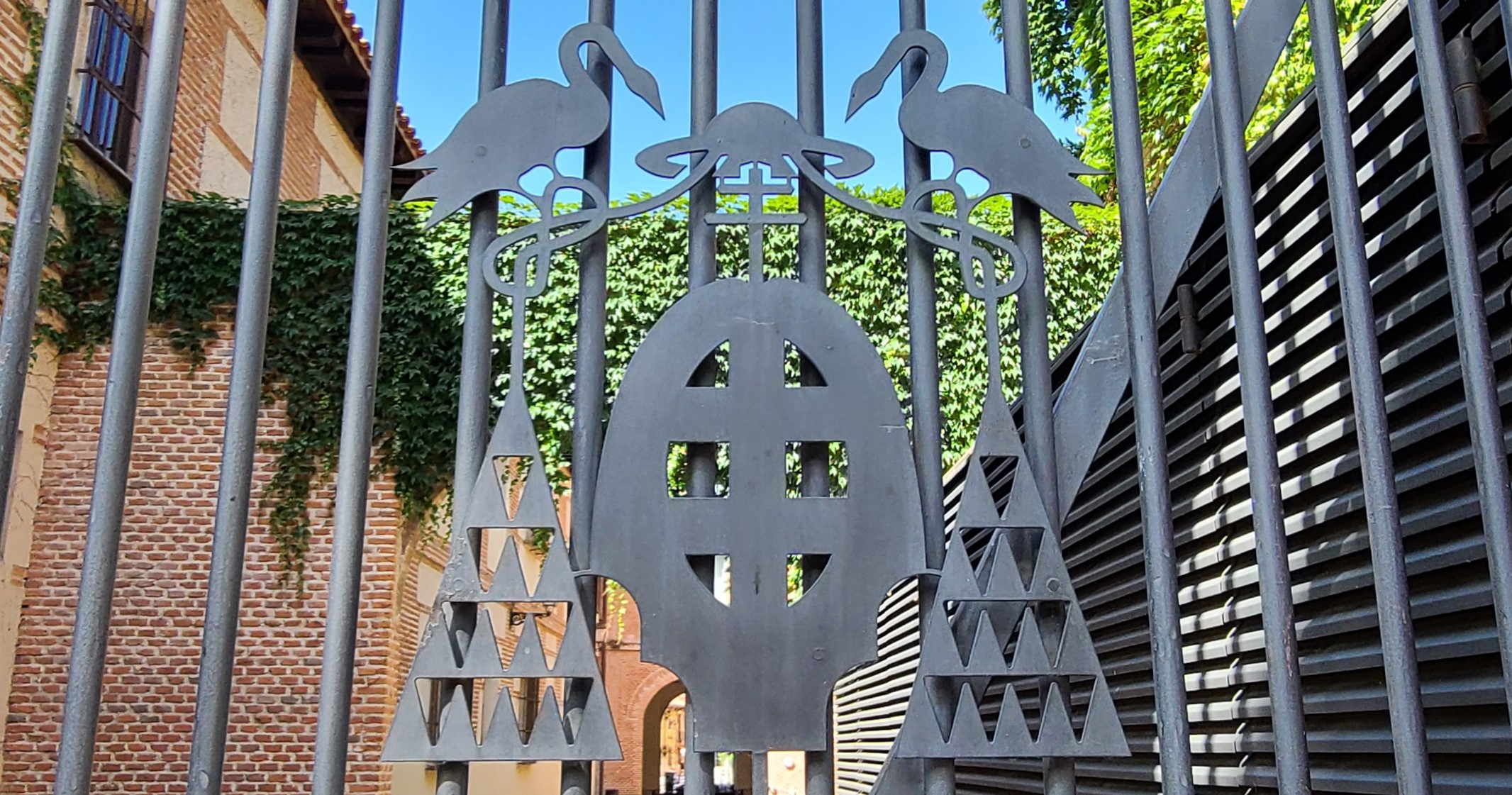
Currently, thirty-nine official undergraduate degrees are awarded, in addition to official postgraduate degrees (52 master’s degrees and 28 doctorates) and 711 in-house studies and continuing education courses. The organizational structure of the University of Alcalá de Henares consists of nine faculties and schools, two affiliated centers, twenty-three departments and ten research institutes.
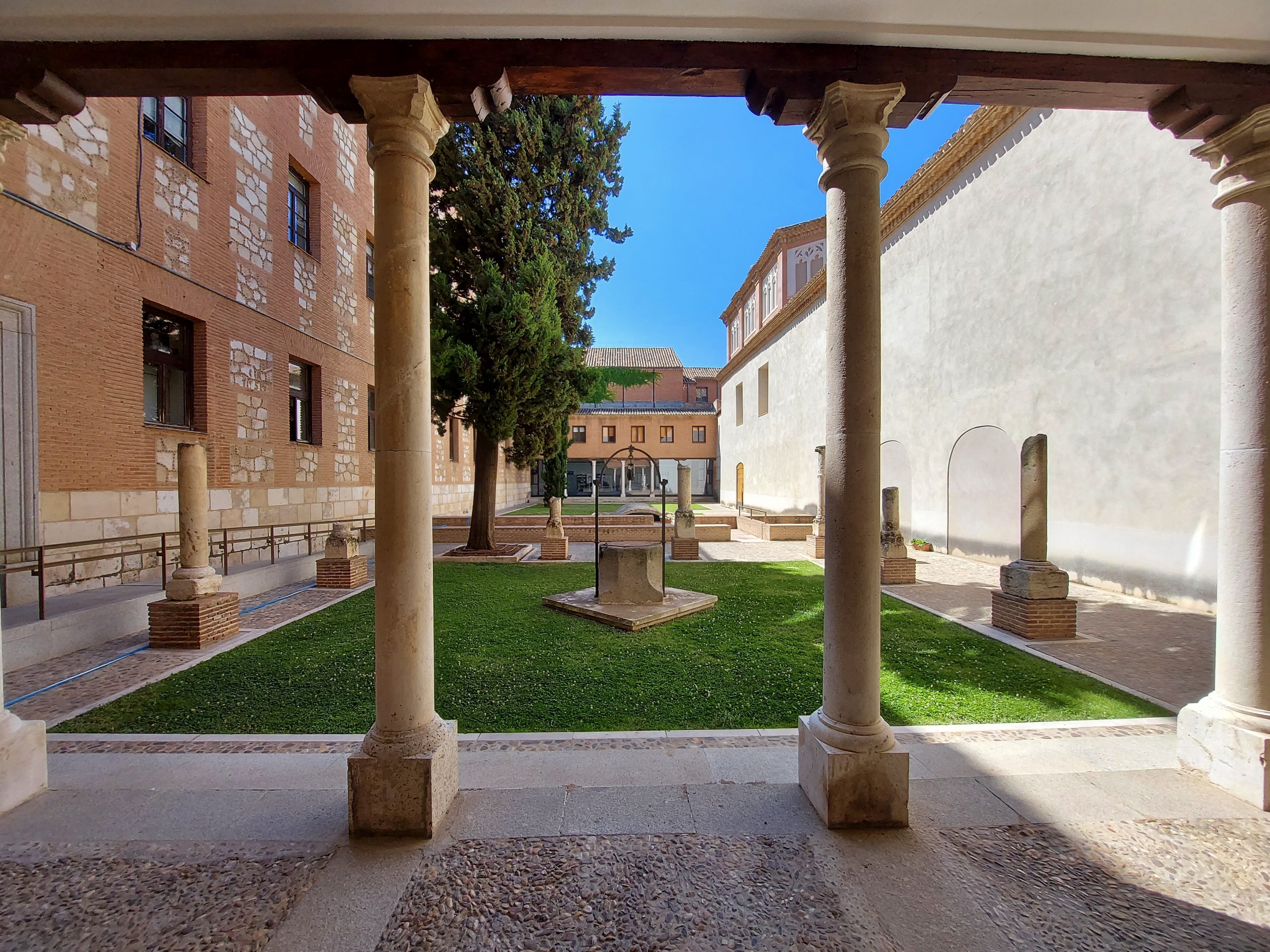
Its layout was designed by Pedro de Gumiel and is considered one of the most important works of the Spanish Renaissance. In terms of the architectural style of the complex, several styles seem to have been used. Some writings even speak of “Cisneros style”, Plateresque or “transitional”, from late Gothic to Renaissance, including construction and ornamental elements from Mudejarism, etc. It was declared a World Heritage Site in 1998, along with the rest of the historic center of Alcalá de Henares.
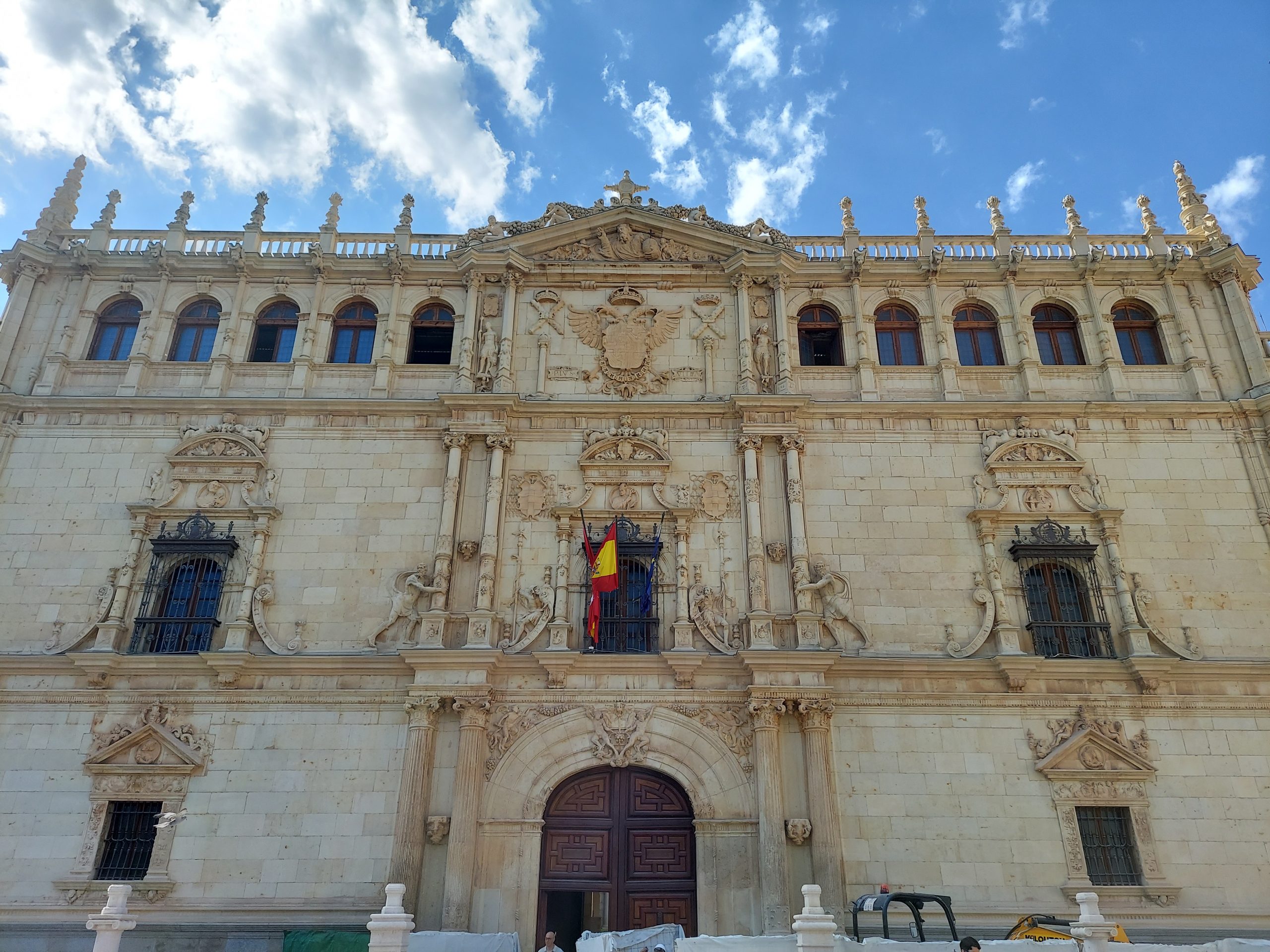
The facade of the University of Alcalá was started in 1537 and completed in 1553. It is said to be the best known and most beautiful work of Rodrigo Gil de Hontañón. It was made of Tamajón limestone. Some art historians have described it as “one of the most harmonious and proportionate examples of 16th century Spanish architecture”.
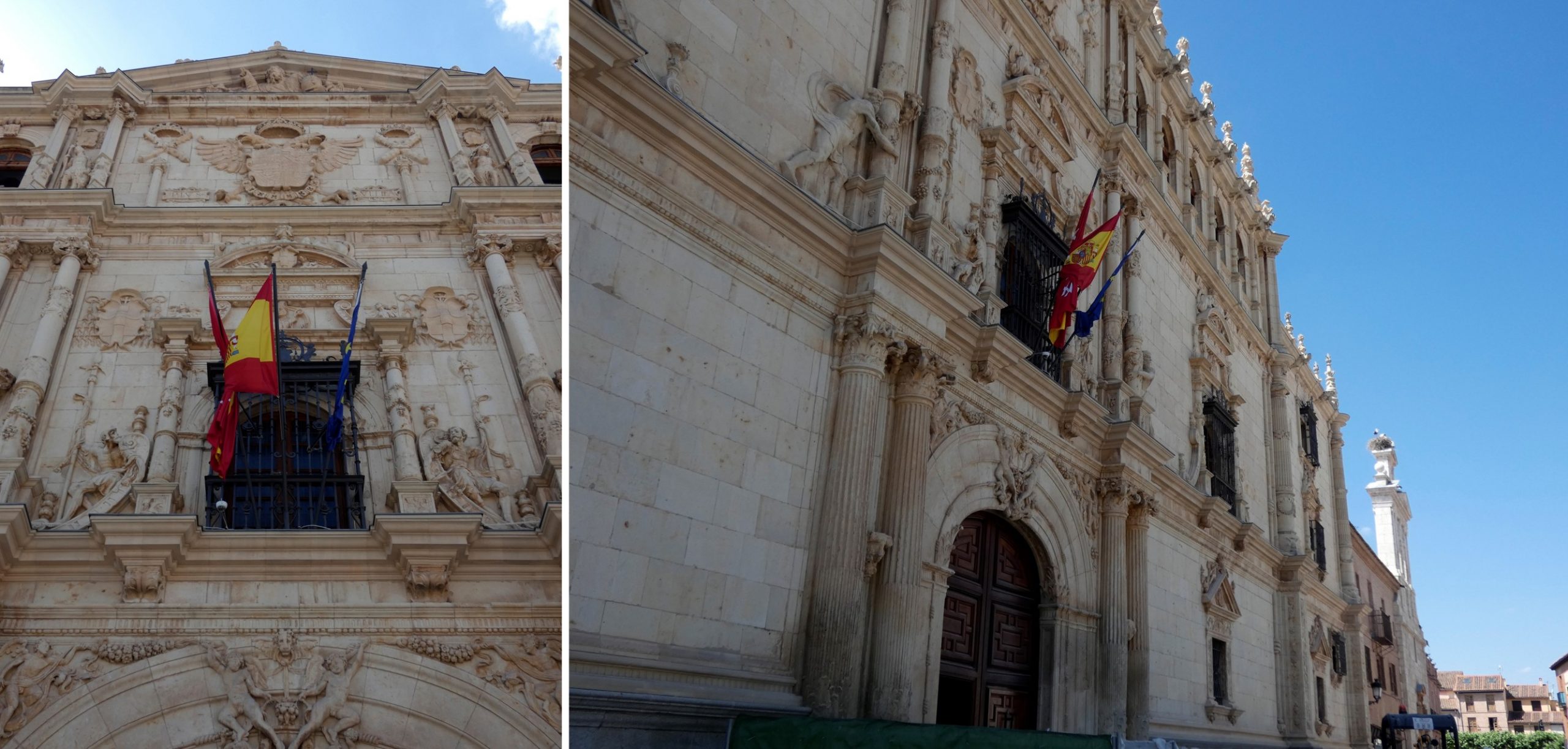
It is designed in the form of an altarpiece of three unequal bodies in height, with a monumental façade and superimposed orders. Each of the bodies of the façade has an iconographic program that corresponds to a state of knowledge, with theology as the center, represented by the sculptural works of the Fathers of the Church, which are placed inside four medallions. These representations are the work of the sculptor Claudio de Arciniega. Next to these medallions, the sculptures of Atlanteans, halberdiers, and a large upper gallery with windows, made by the sculptor Claudio between 1542 and 1548, give a characteristic classical air to the façade.
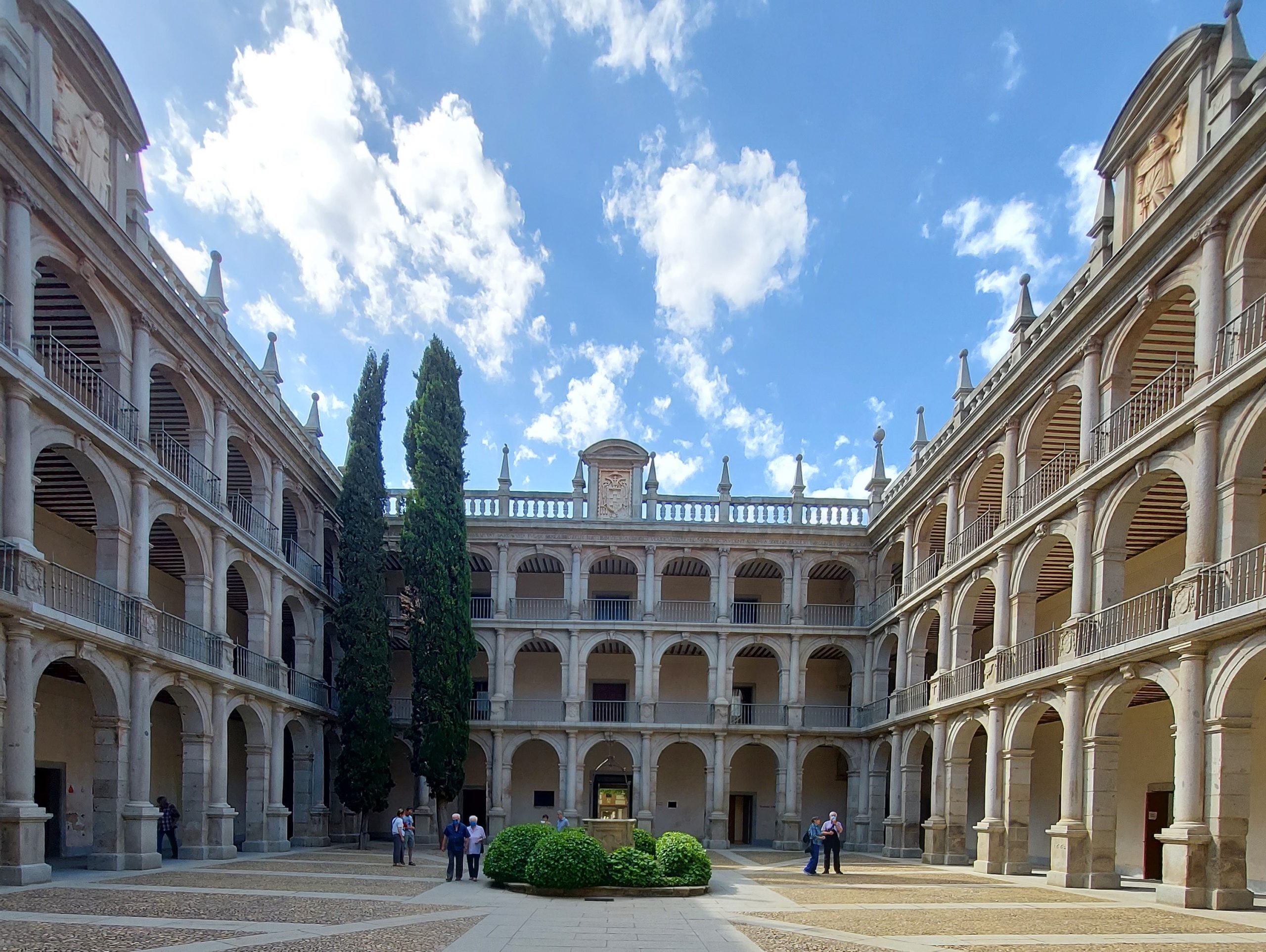
The main courtyard of “Escuelas”, also called the courtyard of “Santo Tomás de Villanueva”, is one of the most striking spaces. It was built in 1617 by Juan Gómez de Mora, when the previous brick one was demolished. Its construction was completed in 1662 by José Sopeña. It surprises with its three floors, its top, the balustrade that turns the patio and its friezes. Its name, “Santo Tomás de Villanueva”, is a tribute to one of the most outstanding students of Complutense and the first saint to graduate from its classrooms.
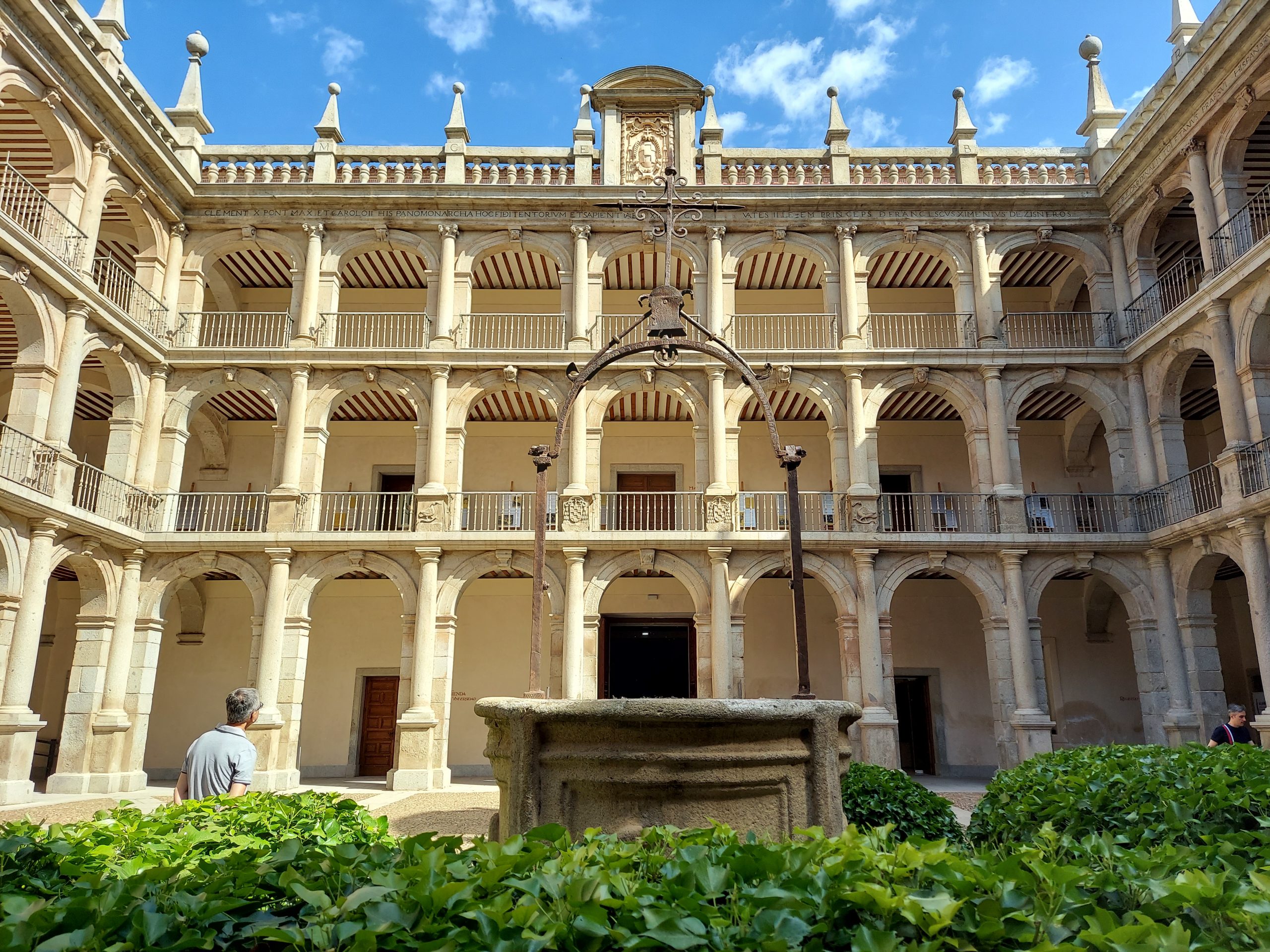
At the top of the Patio de Santo Tomás de Villanueva, appear the Latin words attributed by tradition to Cardinal Cisneros, when King Ferdinand the Catholic mocked the poverty of the first patio: “Et luteam olim celebra marmoream”; “What used to be built in mud, today is celebrated in stone”.
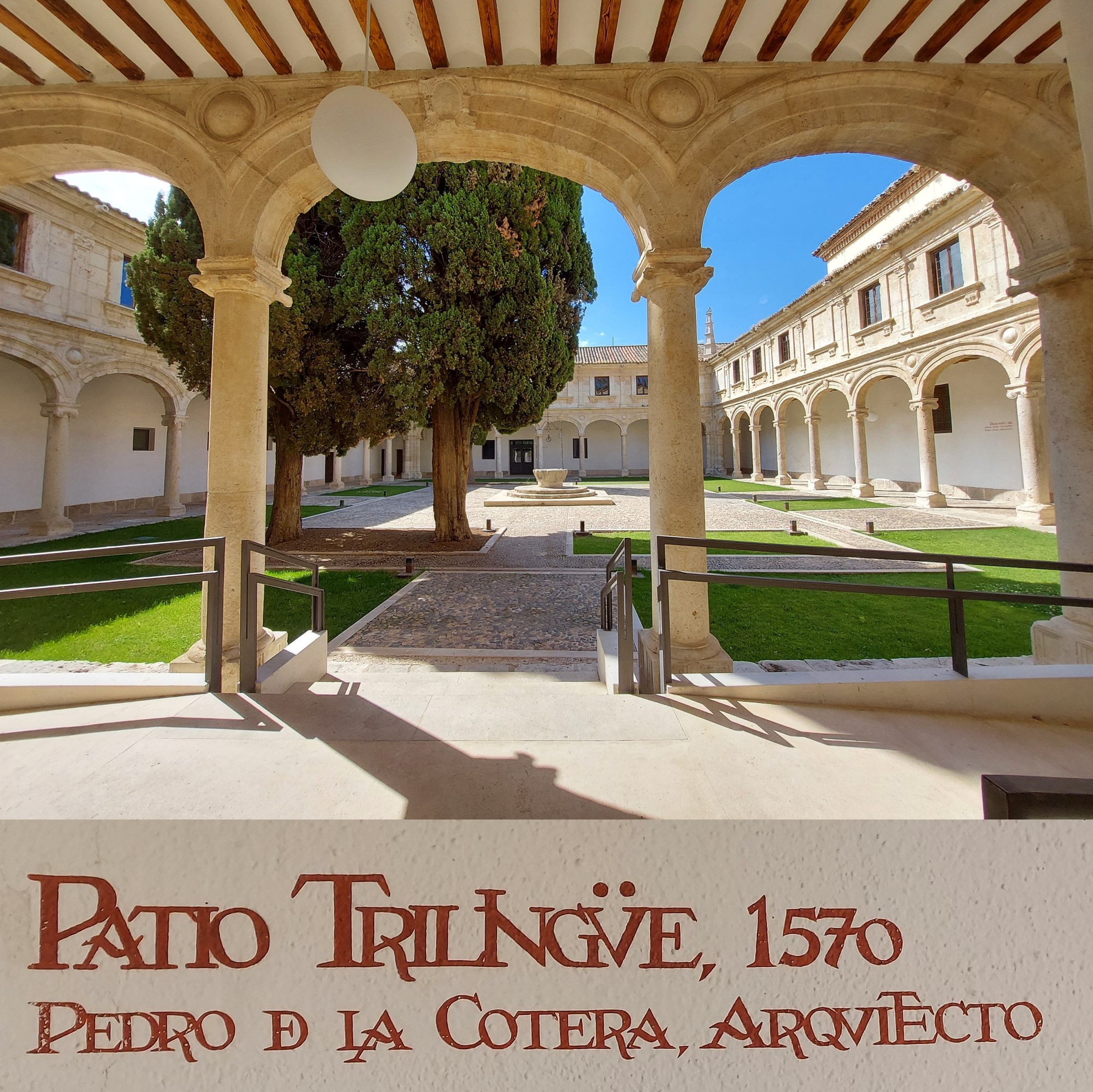
A courtyard that belonged to the “Colegio de San Jerónimo”, built between 1564 and 1570 by Pedro de la Coteral, was the “Patio Trilingüe”. It was known by this name because it housed students of Latin, Greek and Hebrew. It stands out for being a space of Renaissance style, in two bodies, whose balustrade is largely lost.
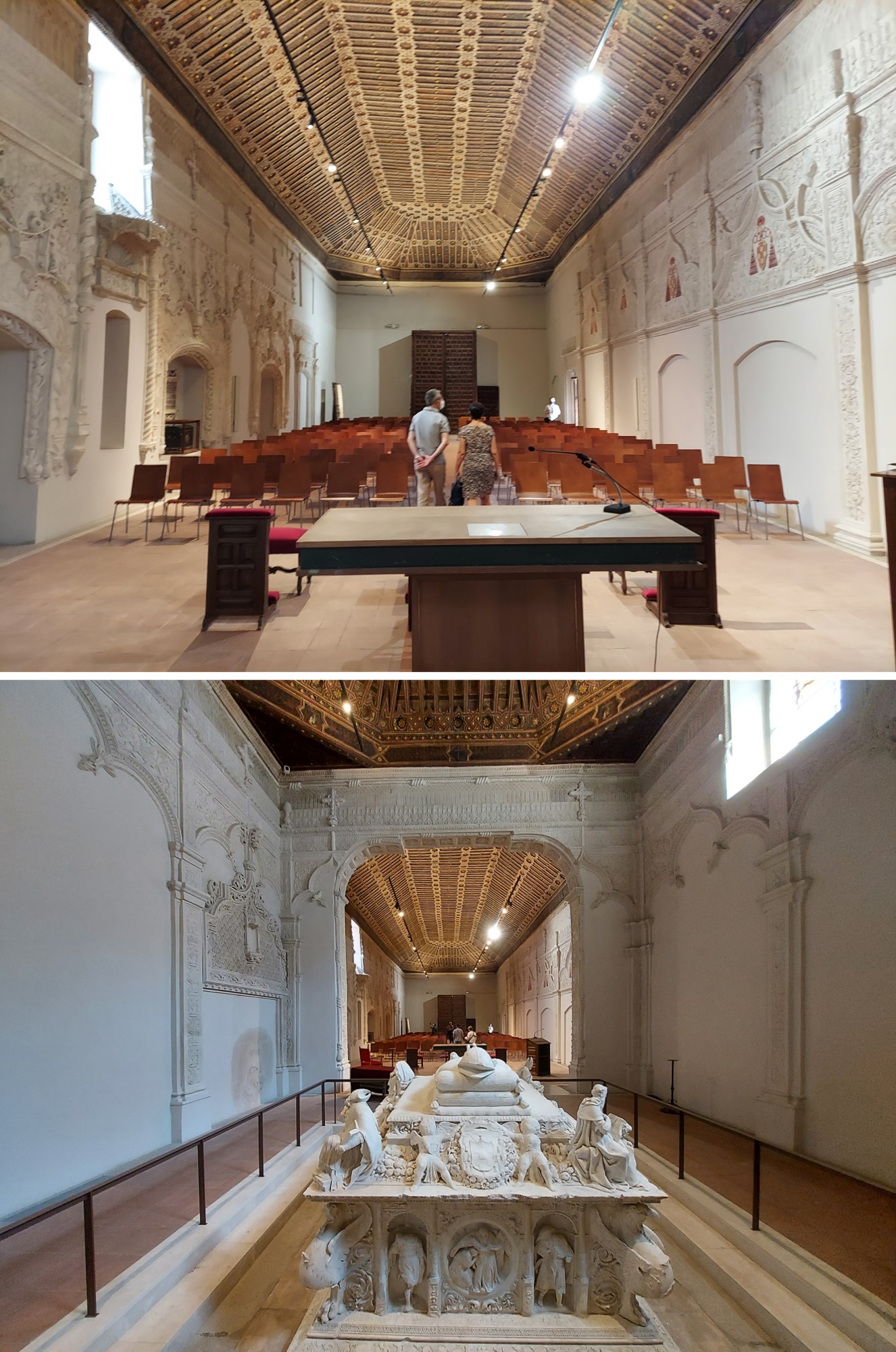
The church of the College was the Chapel of San Ildefonso, which was completed in 1510. In it are buried Francisco Vallés de Covarrubias and Elio Antonio de Nebrija. And it is in this chapel that the sepulchral monument destined to Cardinal Cisneros is found, worked by Domenico Fancelli and Bartolomé Ordóñez. It is currently empty, as the cardinal is buried in the Magistral Cathedral.
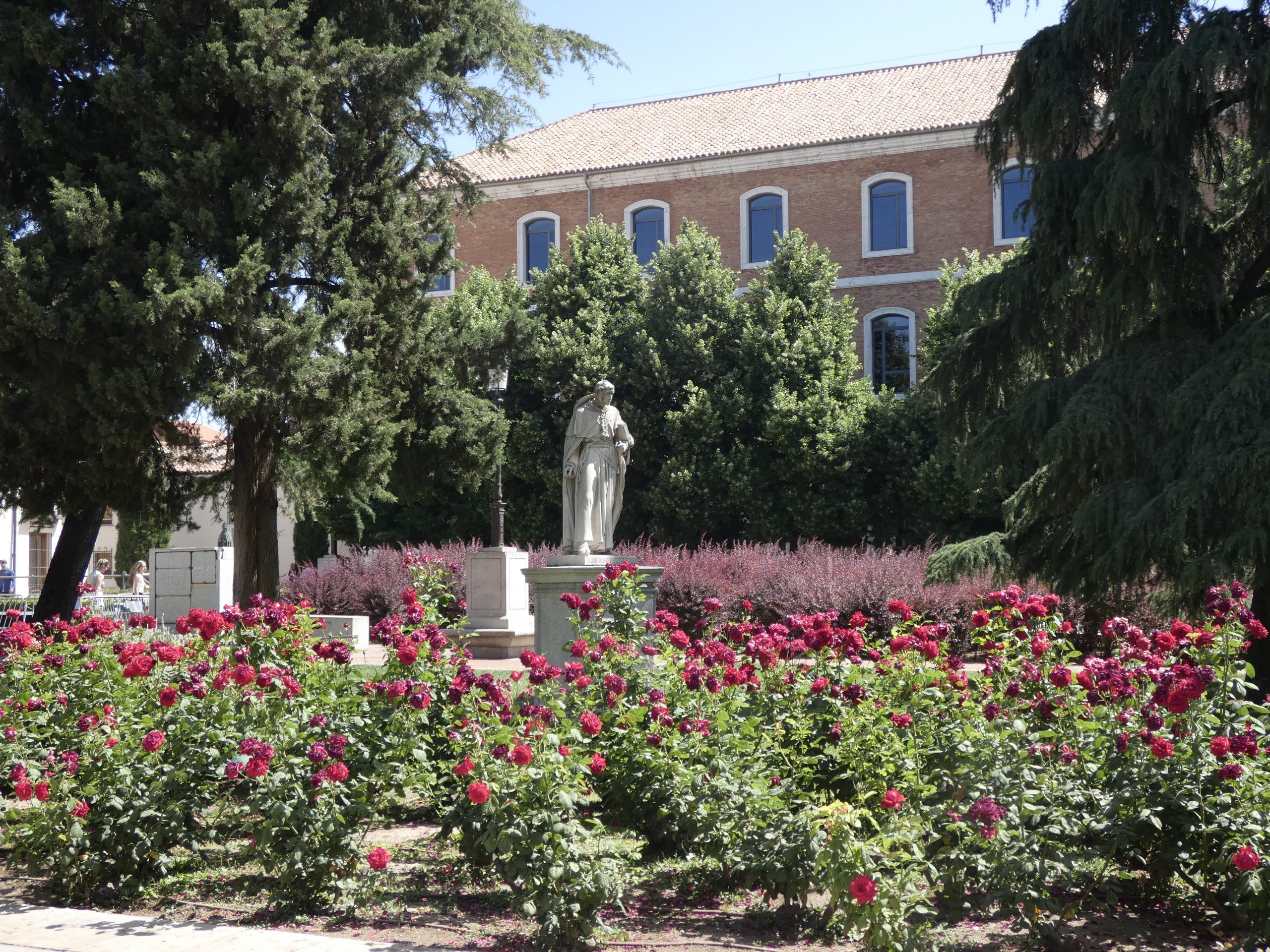
Finally, it is important to note that this institution, so important for humanity, remained closed for some time. When it fell into disuse because the university moved to Madrid, and some people tried to put the buildings to other uses. From a silk factory, later to convert it into rental properties, where part of the structure was destroyed. The building had already been declared in ruins, when in 1851 the “Sociedad de Condueños” was organized with the purpose of rehabilitating the structure and the hope that the university would return in the future, and so it was. Of the 900 shares that were granted to the “Sociedad de Condueños”, today only 300 remain. Bravo to them and for preserving such an important legacy for humanity.
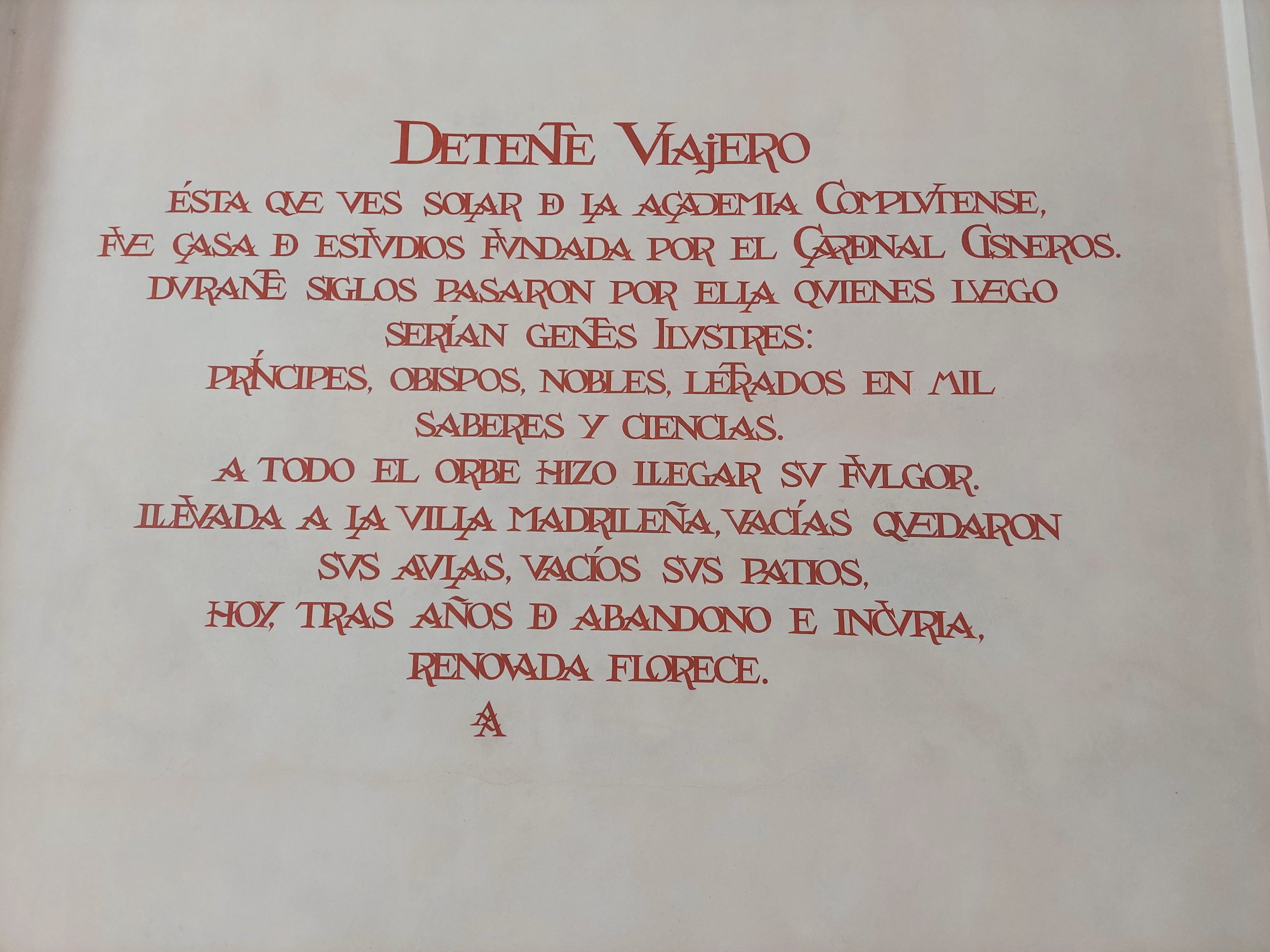
Resources
https://es.wikipedia.org/wiki/Universidad_de_Alcal%C3%A1
https://es.wikipedia.org/wiki/Colegio_Mayor_de_San_Ildefonso
